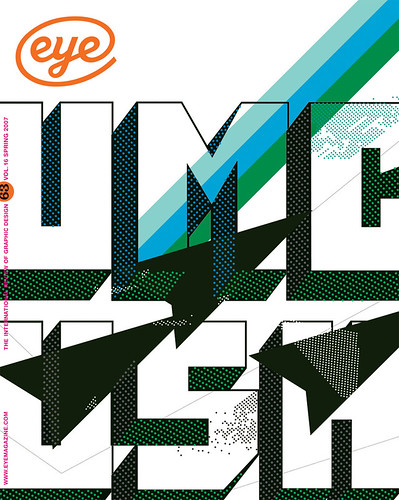Spring 2007
Comic Detours And Digressions
In the Studio: Visits with Contemporary Cartoonists
By Todd Hignite.<br>Yale University Press, £18.55/USD29.95It is a mark of how far comics have come that Yale University Press should be interested in publishing a book such as this. Consisting of nine in-depth interviews with the stars of the North American independent scene (Robert Crumb, Art Spiegelman, Gary Panter, Charles Burns, Dan Clowes, Chris Ware, Jaime Hernandez, Ivan Brunetti and Seth), it offers an examination of their influences and working methods that one might previously have expected to see focused on artists of ‘high art’ status.
The interviews vary in quality, depending on the individual. The most revealing is Crumb’s, where he admits his frustration with the ‘nit-picking’ of the left, and in the spirit of self-flagellation allows one of his very worst pieces of art to be reproduced – a cover for an ecological journal depicting a group of happy hippies planting a tree. Ugh. Other interviewees are not so open, and seem determined to self-aggrandise, as if trying to prove their wackiness through their choice of ever more obscure reference materials, be they comics from the 1940s or kitsch Japanese packaging.
But even the bad interviews are good because they give the artist a chance to express in their own words what turns them on – and it is to interviewer-editor Todd Hignite’s credit that he allows their detours and digressions so much space. He is genuinely interested in which artists they may have ‘swiped’ from (a time-honoured comics tradition) and why different parts of their collections of graphic ephemera are dustier than others. If this level of scrutiny is acceptable for Damien Hirst et al, why not cartoonists?
It is true that every one of the nine has been interviewed countless times before (mostly obsequiously), and Hignite may have missed a trick by not being more adventurous. Where are the women? The manga creators? The young European stars? It is also true that for a book purporting to be about visits to artists’ studios, there is precious little about what those studios look like and why those particular spaces might be important.
Yet, for dipping into, the book is a delight. Every chapter is beautifully illustrated, and it is a pleasure to be alerted to new sources – Art Spiegelman’s enthusiasm for the covers of the French magazine L’Assiette au beurre (1902–07) being a case in point. And when these guys get going, speaking passionately about their own work and that of others, it is as if they have been given permission to take themselves seriously. We can easily forget that until a few short years ago nobody – bar a few rock-mag-reading alternative types – was interested.
This is what, in many ways, makes the book a breakthrough. It is true that smaller academic presses have pioneered more critical studies of cartoonists (the University Press of Mississippi springs to mind). Here, by contrast, there are no hard questions, and the interviews have been vetted by the interviewees (five have previously appeared in Hignite’s upscale fanzine Comic Art). But the fact that Yale Univeristy Press is now in the frame is significant. The phrase ‘comics scholarship’ never seemed less laugh-worthy.
Roger Sabin, writer, London
First published in Eye no. 63 vol. 16 2007
Eye is the world’s most beautiful and collectable graphic design journal, published quarterly for professional designers, students and anyone interested in critical, informed writing about graphic design and visual culture. It is available from all good design bookshops and online at the Eye shop, where you can buy subscriptions and single issues.

